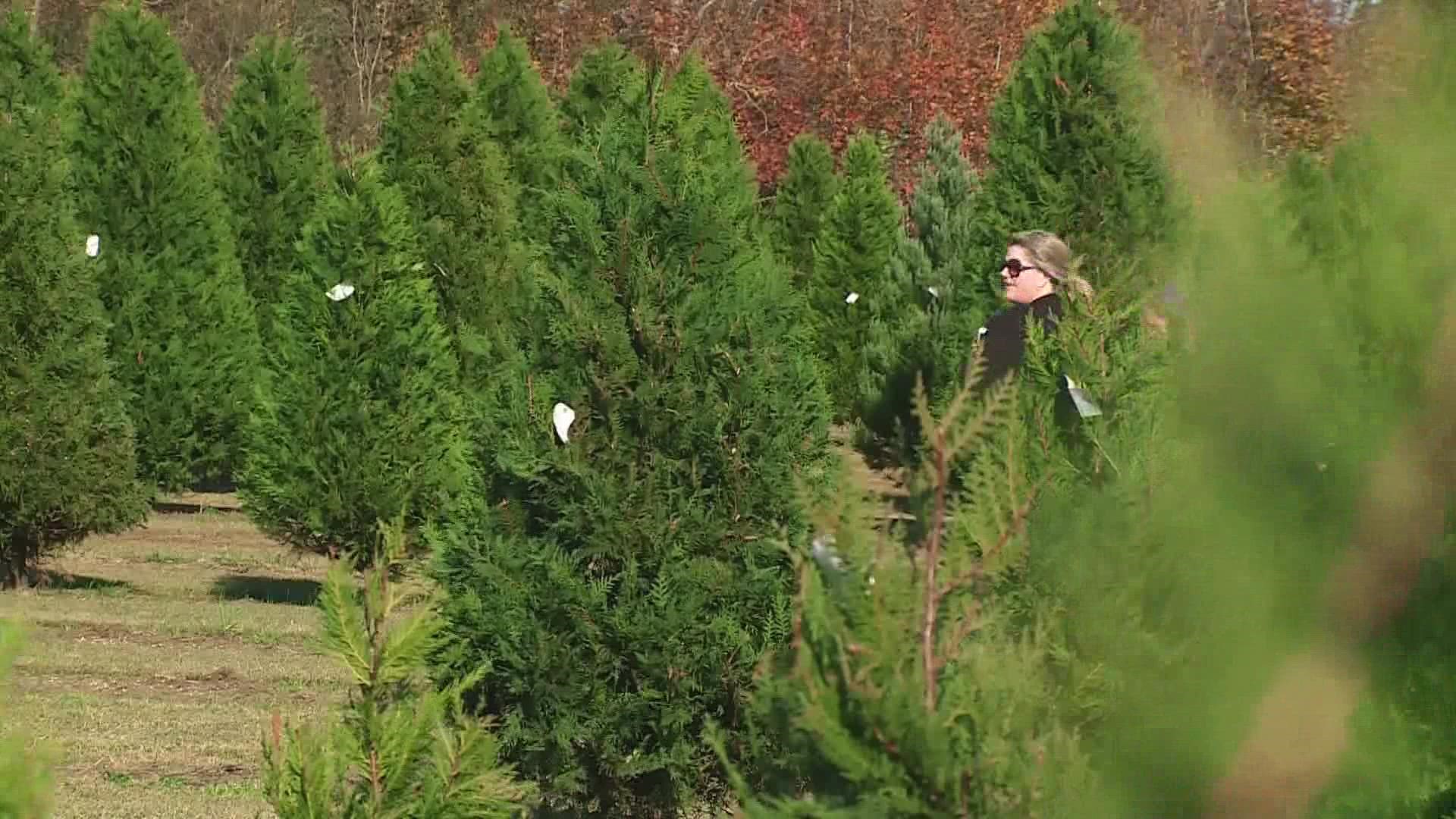NEW ORLEANS — NEW ORLEANS - Christmas trees can bring a lot of holiday joy. However, they can also bring unwanted guests inside your home. Guests, you can't even see. And for many, they can turn the merriest of holidays into one of the worst.
Christmas tree lots have been busy over the past week, with people trying to find that perfect tree. Once it's found, there's nothing better than bringing it home and decorating it with some cheer.
However, for allergy sufferers, there's nothing worse. Some may think it's the tree that's causing the sneezing, watery eyes, and persistent coughing. However, it's actually what's hidden in the crevices and branches that can make this joyful part of Christmas into a tree-mendous pain.
"A lot of people are allergic to the oil resins and the sap and certainly that does get into the air," said John Carlson.
Carlson is an associate professor of Allergy and Immunology at Tulane. He says bringing a tree inside your home can bring in more than just Christmas spirit. There can be dust, insect and animal droppings, and pesticides that can all trigger allergic reactions. Chemicals used in flocking are also snow friend for allergies either.
The biggest culprit though is pollen and mold. In 2011, researchers at SUNY Upstate Medical University looked at 28 different Christmas trees with more than 50 types of mold on them. And in warm climates like your house, those spores can continue to grow, which is no 'clause' for celebration.
"Now most of that mold will not get into the air, but anytime you're moving that tree, anytime you're bending branches to water it you're sending spores into the air, and that's not terrible for you unless you're allergic to the mold," Carlson said.
So what can you do? Before bringing your tree inside, shake it or use a leaf blower to get all loose debris off. Wearing a KN95 mask while setting it up inside your home can help. Also, if available, White Firs, Leyland Cypress and Eastern White Pine are said to be more allergy-friendly, though Carlson says a tree is a tree, and mold will make its ho-ho-home on any of them. Also, spraying it with water is never a good idea.
"Mold thrives on decaying material particularly when moist, so if you're watering the tree you're adding moisture to that dead material and the mold will love it," he said.
So as we get ready to rock around the Christmas tree and make this one un-fir-getable holiday, take a few extra precautions, ones that may help make it merry and bright for all.
Artificial trees are a good option, however, they can also collect dust and mold. So make sure it's stored in a cool, dry place and in an air-tight container between use.

